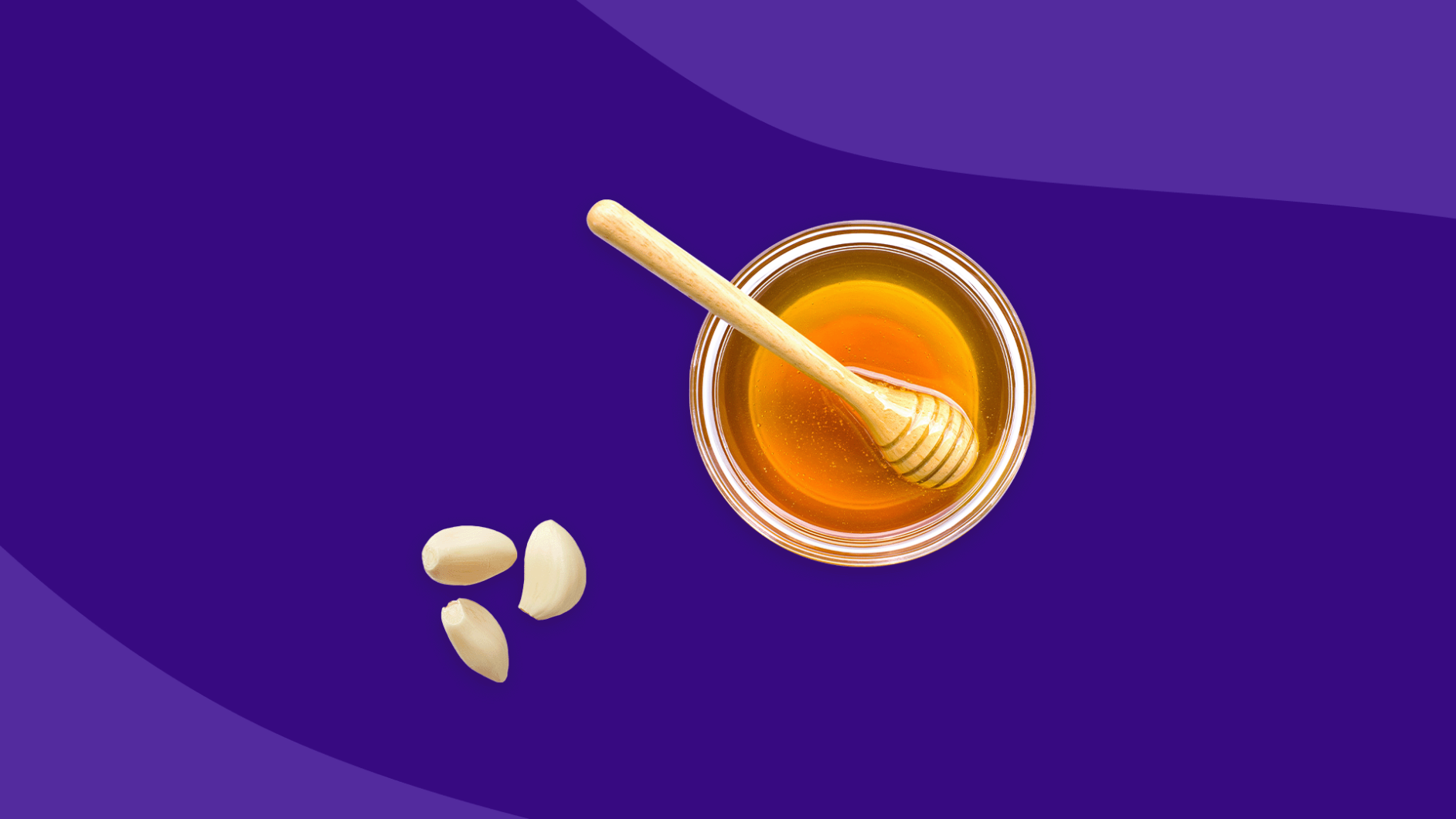Key takeaways
Honey has skin-soothing and antimicrobial properties but is not recommended by dermatologists as an effective treatment for cystic acne compared to commercial acne treatments.
Garlic, despite its antibacterial properties, is not advised for acne treatment due to potential skin irritation and lack of evidence supporting its efficacy in reducing breakouts.
Manuka honey could be a preferable option for those interested in using honey for skincare, owing to its anti-inflammatory, antioxidant, and antibacterial properties, yet users should proceed with caution, especially if allergic.
Evidence-based acne treatments, such as benzoyl peroxide, salicylic acid, and retinoids, are recommended over TikTok trends, emphasizing the importance of consulting a dermatologist for severe acne conditions like cystic acne.
Could the cure for cystic acne be hiding in plain sight, right on your pantry shelf? The latest TikTok trend might have you believing so. Dozens of videos posted to the social media app recently show users not only extolling the healing powers of honey and garlic for acne, but demonstrating their all-natural beauty routines in detail.
Most of the clips highlight users applying either honey or garlic topically. In the case of honey, they often spread it all over their face and wear it as a mask for about 30 minutes. Or they may use it more sparingly as a spot treatment, dabbing a honey-soaked cotton swab onto the blemish and covering it with a bandage. In the case of garlic, users peel the clove and score or cut it into smaller pieces, rubbing the garlic’s juices onto their acne to help dry the lesion out.
In other videos, users can be seen eating honey and garlic for acne relief, instead of applying it topically—some even chug the amber liquid straight out of the bottle or chow down on raw peeled garlic. Although it may be trending on TikTok, is using honey for acne actually effective? And are there any downsides to using garlic to try to cure your acne?
Is honey good for acne?
Humans have used honey as both food and medicine since ancient times—at least 8,000 years ago—long before modern medicine. In more recent years, the versatile ingredient has found its way into hundreds of commercially manufactured health and beauty products, including face and body washes, moisturizers, lip balms, and throat lozenges.
“Honey has skin-soothing and antimicrobial properties,” says Joshua Zeichner, MD, director of cosmetic and clinical research in dermatology at Mount Sinai Hospital in New York City. That may explain the ingredient’s skincare-darling status on TikTok, yet when it comes to fighting cystic acne—those deep, boil-like nodules—dermatologists aren’t sweet on honey alone as an effective skin-saving treatment.
“Given there are many safe and effective treatments approved for the treatment of acne, I don’t generally recommend rubbing raw honey on the face,” says Marisa Garshick, MD, FAAD, a board-certified dermatologist in New York City.
Dr. Zeichner agrees: “Honey doesn’t compare to the effectiveness of applying a commercial pimple cream with a tried-and-true ingredient like benzoyl peroxide.” (As for ingesting honey as an acne treatment, Dr. Garshick says there isn’t a lot of research to support its efficacy.)
If you’re interested in incorporating honey into your skincare routine, Dr. Garshick recommends seeking out products formulated to treat acne that include honey as an ingredient. Just make sure to do a patch test first to see if the product irritates your skin.
And if you do decide to give the TikTok honey trend a try, Dr. Garshick says you may want to opt for manuka honey rather than conventional honey, given its “anti-inflammatory, antioxidant, and antibacterial properties.” While most people should tolerate honey on the skin, in some cases, it could trigger a reaction—especially if you’re allergic to it or one of its 200 components—so proceed with care.
Does garlic remove acne?
If you spend time on TikTok, this likely isn’t your first time seeing garlic touted as a cure-all. Recent viral videos have even shown users stuffing cloves up their noses to help with congestion (don’t try that at home!). But does garlic have any place going on our face? The short answer: no.
“While it does have antibacterial properties, and it is thought that allicin, a component of garlic, can help to fight acne-causing bacteria, garlic is not recommended to treat acne and may actually be irritating to the skin and worsen skin conditions,” Dr. Garshick says.
And just as in the case of honey, Dr. Garshick says there are no medical guidelines about the use of ingesting garlic to help with acne. “There is no evidence to suggest that eating garlic necessarily will reduce breakouts,” she says. “Additionally, it is not known how much garlic someone would need to eat in order to reduce cystic acne, so it is not necessarily recommended.”
Instead of garlic, Dr. Garshick suggests stocking up on skincare products that have been tested and proven effective. “Generally, it is best to stick with evidence-based acne fighting ingredients,” she says. These include:
And if acne-fighters like the ones Dr. Garshick lists above have done little to remedy your acne, try to speak with a dermatologist about your options—rather than relying on TikTok to save your skin. “Especially with cystic acne, which tends to lead to scarring, it is important to treat early to minimize the potential of scarring,” she says.
Talk with your primary care provider or dermatologist about acne skin care regimens. There are some effective over-the-counter medications and many prescription ones. Acne benefits from a consistent skin care routine and positive results can be seen in two to three months.




